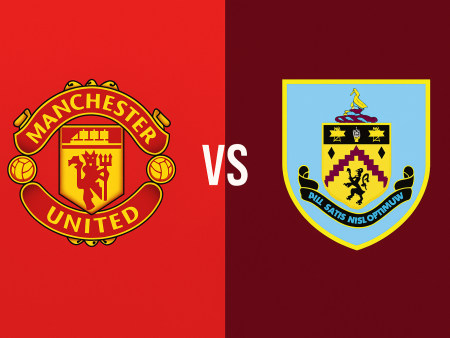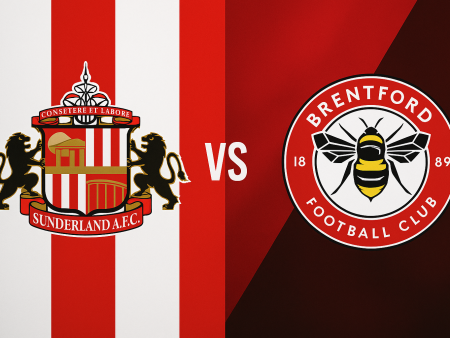Understanding the Five Corner Model: A Comprehensive Approach to Player Development
Developing well-rounded athletes goes beyond teaching technical skills or boosting physical fitness. The Five Corner Model expands on traditional coaching frameworks, emphasizing a holistic approach to player growth in sports like soccer. By nurturing technical, tactical, physical, psychological, and social aspects simultaneously, coaches can unlock each athlete’s full potential on and off the field.
The Limitations of Traditional Coaching Methods
Many coaches historically have emphasized technical drills—such as isolated dribbling or stationary passing—without integrating the complexity and demands of actual gameplay. While these drills build foundational skills, they often lack real-world application or decision-making challenges. As a result, athletes may master technique without developing tactical awareness, confidence, or teamwork skills.
The key to meaningful player progress is harmonizing all core elements of development. Instead of treating technical, tactical, psychological, physical, and social components as isolated elements, modern coaching weaves them together in realistic, engaging practice sessions.
Transforming Standard Drills into Game-Realistic Activities
Transforming traditional activities into more dynamic and relevant practices is simpler than it seems. Here are examples of how to add realism, purpose, and context to common exercises:
– **Dribbling through cones:** Convert this drill into a 1v1 challenge, add direction, and designate clear targets. Players must use their footwork to outmaneuver a defender, simulating real scenarios.
– **Passing without opposition:** Make it a 2v1 exercise, introducing decision-making and defensive pressure. Players now pass with intention, promoting communication and tactical thought.
– **Possession games without goals:** Rather than limiting players with arbitrary rules, reward them for combining passes and scoring. For example, three consecutive passes followed by a goal earns extra points—motivating quick, purposeful play.
By embedding elements such as opposition, space, and decision-making, coaches create an environment in which every session closely mirrors the demands of the game.
What Is the Five Corner Model?
The Five Corner Model for player development stems from efforts by organizations like the FA and US Soccer to look beyond surface-level skill assessment. Instead of grouping similar aspects together—as was common with the traditional Four Corner Model—the Five Corner Model recognizes five distinct pillars, each essential to a player’s growth:
- Social
- Psychological
- Tactical
- Technical
- Physical
This expanded model encourages coaches to assess and support players as individuals, considering more than just what’s visible during skill drills or competitions. For example, a technically proficient player who lacks confidence or doesn’t feel supported socially may struggle to perform under pressure.
Breaking Down the Five Corners of Development
Each pillar of the Five Corner Model plays a unique role in holistic player advancement. Here’s how to identify and nurture them:
Technical: Building Core Skills
The technical aspect relates to the fundamental skills required for the sport, such as passing, dribbling, shooting, or tackling. Effective coaching combines technical breakdown with game relevance. For example, instead of repetitive static drills, create activities that require players to execute skills under pressure or during transitions.
**Example Activity: Running with the Ball Two Ways**
– Players are divided into groups, moving horizontally and vertically across a line while defenders attempt to intercept.
– Attackers practice maintaining close control, using skill moves, and making quick decisions to evade both defenders and teammates moving in the opposite direction.
– The exercise targets ball mastery, spatial awareness, agility, and sharp decision-making—all within a chaotic, constantly changing environment.
Incorporating team discussions or tactical stoppages further allows technical skill-building to be linked with communication and strategic planning.
Tactical: Enhancing Decision-Making and Game Intelligence
Tactical development is about reading the game—knowing where, when, and how to act. It’s not just about executing a technique, but choosing the best option based on the situation.
**Example Activity: Win on Both Sides – Small Sided Game**
– Divide players into two games happening simultaneously.
– At any time, players may switch between games; to win, a team must succeed in both.
– This format requires constant assessment, communication, and teamwork as players anticipate where their skills are most needed.
– Players develop tactical awareness by evaluating numbers, space, and the actions of teammates and opponents.
Tactical games like this integrate strategic thinking into physical play, enhancing players’ decision-making on the fly.
Physical: Developing Fitness, Strength, and Athleticism
Physical development is crucial in fast-paced sports but must be contextually relevant. Overly generic fitness drills (such as non-directional laps or unrelated sprints) are less effective than exercises simulating in-game demands.
**Example Activity: Pass, Defend, Transition**
– Players are divided into two teams occupying separate grids. Teams aim to keep possession within their area; when possession changes, they must quickly transition to offense or defense.
– This activity builds stamina, agility, and acceleration while incorporating transitions that happen in real matches.
– Adding targets or varying rules can further connect physical exertion with tactical execution and teamwork.
By integrating movement, reaction, and teamwork, players naturally build fitness applicable to actual gameplay.
Psychological: Fostering Confidence, Resilience, and Focus
Mental strength often separates good players from exceptional ones. Encouraging confidence and positive thinking, teaching coping strategies, and developing focus can dramatically affect performance—especially after setbacks.
**Example Activity: Color Scan Game**
– Set up a small-sided game where scoring requires passing or dribbling into a colored target zone.
– Randomly (or by player signal), the target color changes, requiring players to rapidly adapt, communicate, and switch their strategy.
– This promotes quick thinking, adaptability, active listening, patience, and confidence.
Orienting activities around psychological skills ensures athletes gain more than just physical aptitude—they build resilience, problem-solving abilities, and composure in high-pressure moments.
Social: Building Connections and Communication
A positive team environment supports individual and collective growth. Social development is about fostering bonds, camaraderie, and effective communication both on and off the pitch.
**Example Activity: Pass, Move, Communicate**
– Half the group holds a ball, half does not. Those without a ball must call for it and move to another teammate after passing.
– Periodically, players must group up and complete a task together, such as discussing session reflections or synchronizing dynamic movements.
– This warm-up/cool-down approach promotes verbal and non-verbal communication, leadership, empathy, and trust.
These interactions support player wellbeing and ensure everyone feels valued, boosting enjoyment and team unity.
Bringing the Five Corners Together in Practice
Mastering the Five Corner Model means designing every session and interaction with all five aspects in mind. Not every activity has to cover each corner equally—but over time, training should balance attention among all pillars.
**Tips for Coaches:**
– Reflect on your own practice—which corner do you tend to overlook?
– Seek or design activities that demand multiple skills (e.g., speed and teamwork; tactical analysis and composure).
– Create space for players to communicate, strategize, and reflect together.
– Assess progress in areas beyond just technical ability—observe leadership, resilience, and group dynamics.
Applying the Five Corner Model Across Sports
While this model is often discussed in soccer, its principles apply across disciplines. Every sport benefits when players grow as complete athletes—technically skilled, tactically sharp, physically robust, mentally resilient, and socially engaged.
**Consider Adapting the Five Corners as Follows:**
– **Technical:** Sport-specific fundamental skills
– **Tactical:** Game awareness and strategic decision-making
– **Physical:** Endurance, strength, agility
– **Psychological:** Motivation, mindset, focus
– **Social:** Teamwork, communication, support network
Analyze your athletes’ needs and reshape training environments so all five corners are developed for holistic growth.
Summary
The Five Corner Model offers a roadmap for nurturing well-rounded, resilient, and high-performing athletes. By purposefully designing activities and team culture around technical, tactical, physical, psychological, and social development, coaches empower players to thrive both in sport and in life.
Reflect on your current approach, identify areas for growth, and challenge yourself to cultivate all five corners in every training session. This comprehensive mindset ensures lasting success for athletes and teams alike.








